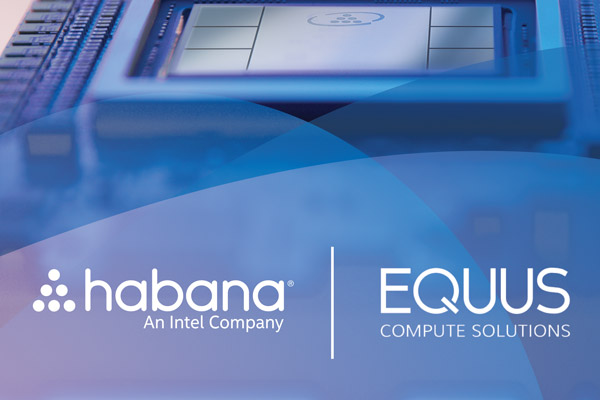AI is becoming increasingly important for retail use cases. It can provide retailers with advanced capabilities to personalize customer experiences, optimize operations, and increase sales. Habana has published a new Retail use case showing an example of finetuning a PyTorch YOLOX model for managing shelf space and shelf inventory in the Retail environment.
This example takes a dataset of store shelf images as input and uses computer vision algorithms to analyze images of retail shelves to identify the products and their attributes. We will show how fast and easy it is to fine tune a deep learning model based on existing source code in Habana Model-References repository to apply this retail data. This can be used in such areas as shelf analytics, Out of Stock Detection and promotional compliance.
This use case is available on the Gaudi-Solutions Github page in a jupyter notebook. To run this use case, start with one of the two options below. Please refer to the installation guide for more information. You can access Gaudi or Gaudi2 in two ways:
- Amazon EC2 DL1 Instances: based on first-gen Gaudi
- Users can refer to Habana’s quick start guide here for instructions on how to start a DL1 instance; an AWS user account is required.
- Users can refer to Habana’s quick start guide here for instructions on how to start a DL1 instance; an AWS user account is required.
- Intel AI Cloud using Gaudi2
- Instructions are provided on the Developer page; a user account will need to be created.



